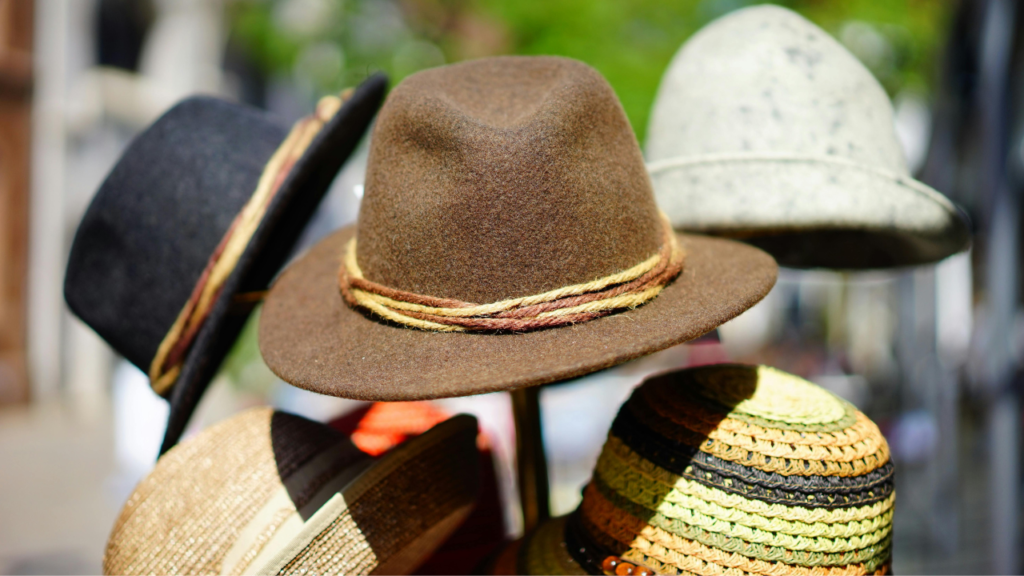
The History of Caps in Indian Fashion: From Traditional to Trend
Quick Facts
- Turbans were the original “caps” in ancient India
- Gandhi’s cap became a symbol of Indian independence
- Nehru caps are named after India’s first Prime Minister
- Modern Indian youth love baseball caps and beanies
- Traditional caps are still worn for festivals and weddings
Introduction
Hey there, fashion explorers! Today, we’re going on an exciting journey through time to discover how caps have changed in Indian fashion. From kings wearing fancy turbans to kids rocking cool baseball caps, we’ll see how head coverings in India have transformed over the years.
The Royal Roots: Turbans and Crowns
Long ago in ancient India, kings and nobles wore turbans instead of caps as we know them today.
Notable turbans:
- Rajasthani Pagri: A colorful turban from the land of deserts
- Sikh Turban: An important religious symbol
- Mysore Peta: A royal turban from South India
“A man’s turban was his crown, showing his status and culture.”

The Cap of Freedom: Gandhi Topi
In the 1900s, the Gandhi cap or Gandhi topi became a symbol of India’s fight for freedom.
Fun Fact: The Gandhi cap is shaped like a boat turned upside down. It’s usually white and made of khadi, a special hand-spun cloth.

The Stylish Leader: Nehru Cap
After India’s independence, the Nehru cap gained popularity. Named after Jawaharlal Nehru, India’s first Prime Minister, it is:
- Shaped like a boat
- Often made of khadi
- Available in different colors

Traditional Caps: A Rainbow of Cultures
India’s diverse cultures have their own special caps:
- Himachali Topi: A colorful cap with a band from Himachal Pradesh
- Rimal Topi: A cap made of bamboo strips from Northeast India
- Mysore Peta: A traditional turban that’s now worn like a cap
 Modern Times: Caps Go Global
Modern Times: Caps Go Global
Today, Indian fashion includes a variety of global cap styles:
- Baseball caps: Popular with young people
- Fedoras: For a fancy look
- Beanies: Perfect for cold weather
- Sun hats: Great for hot summer days

Festivals and Fashion: Caps in Celebration
Traditional caps still play a significant role during festivals and weddings.
“Caps in India are not just fashion – they’re a part of our history and culture!

The Future of Caps in Indian Fashion
Fashion designers are creating caps that are:
- Eco-friendly
- Super comfortable
- Matching both Indian and Western clothes
Conclusion
We’ve traveled through time and seen how caps in India have evolved from royal turbans to cool modern styles. Whether it’s a traditional topi or a trendy baseball cap, headwear in India is always making a statement.
Question for you: What’s your favorite type of cap? Do you have a special cap for festivals or celebrations?
Keep exploring the amazing world of Indian fashion!











